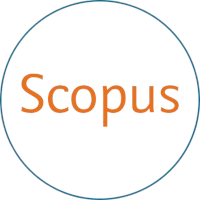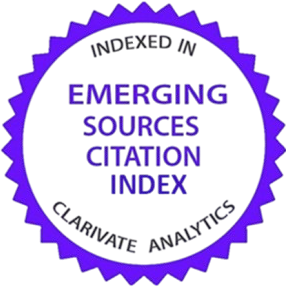Submissions
Submission Preparation Checklist
As part of the submission process, authors are required to check off their submission's compliance with all of the following items, and submissions may be returned to authors that do not adhere to these guidelines.-
You claim to have read and to comply with the Author Guidelines and the policies contained in the "About the Journal” section on the website (including the Ethics Code, the Open Access Policy, the Copyright Notice and the Privacy Statement).
-
You have stated your current position and affiliation (e.g. Associate Professor at the University of Bologna) in the comments for the editors section below (it appears after clicking on the submission link). In case of co-authorship, indicate each authors’ name, current position and affiliation.
-
You claim this research received no specific grant from any funding agency in the public, commercial, or not-for-profit sectors and that the author(s) do not have any conflict of interest (state otherwise in the comments for the editors section, providing the name of the funding organisations and the grant number or the specific competing interest)
- You claim author(s) did not use artificial intelligence tools in the research, writing and editing of this manuscript (state otherwise in the comments for the editors section, specifying the type of usage and the model’s name and version)
Copyright Notice
The copyrights of all the texts on this journal belong to the respective authors without restrictions. This journal is licensed under a Creative Commons Attribution 4.0 International License (full legal code). See also our Open Access Policy.
All the metadata of the published material is released in the public domain and may be used by anyone free of charge. This includes references. Metadata may be re-used in any medium without prior permission for both not-for-profit and for-profit purposes. We kindly ask users to provide a link to the original metadata record.
Privacy Statement
The names and email addresses entered in this journal site will be used exclusively for the stated purposes of this journal and will not be made available for any other purpose or to any other party. See this Privacy Policy.









